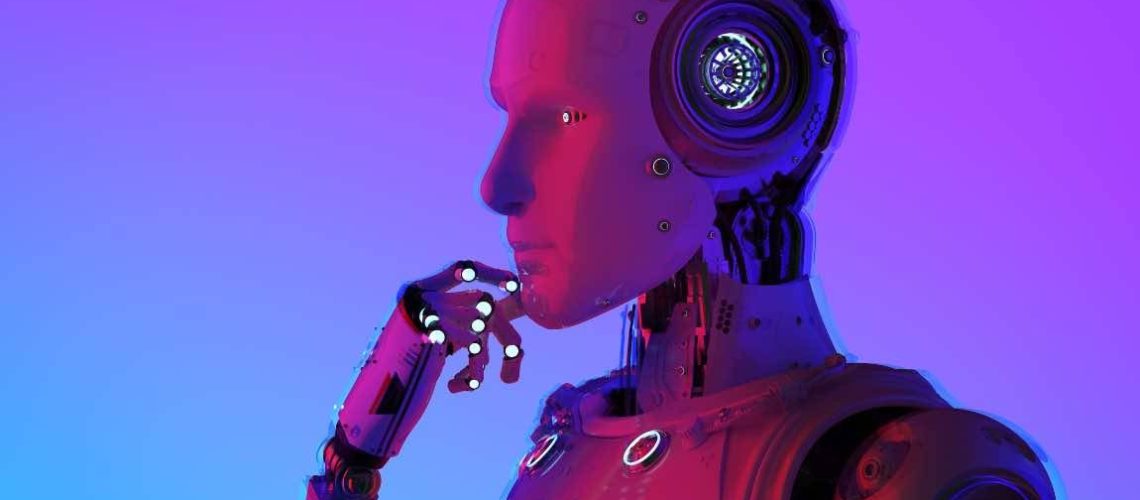Table of Contents
- 1. Introduction to artificial intelligence and its history
- 2. The current state of AI and its capabilities
- 3. The potential future of AI and its possible impact on society
- 4. The ethical considerations of AI development and use
- 5. The potential impact of AI on employment and the economy
- 6. The role of AI in education and learning
- 7. The potential for AI to assist with environmental sustainability efforts
- Conclusion
1. Introduction to artificial intelligence and its history
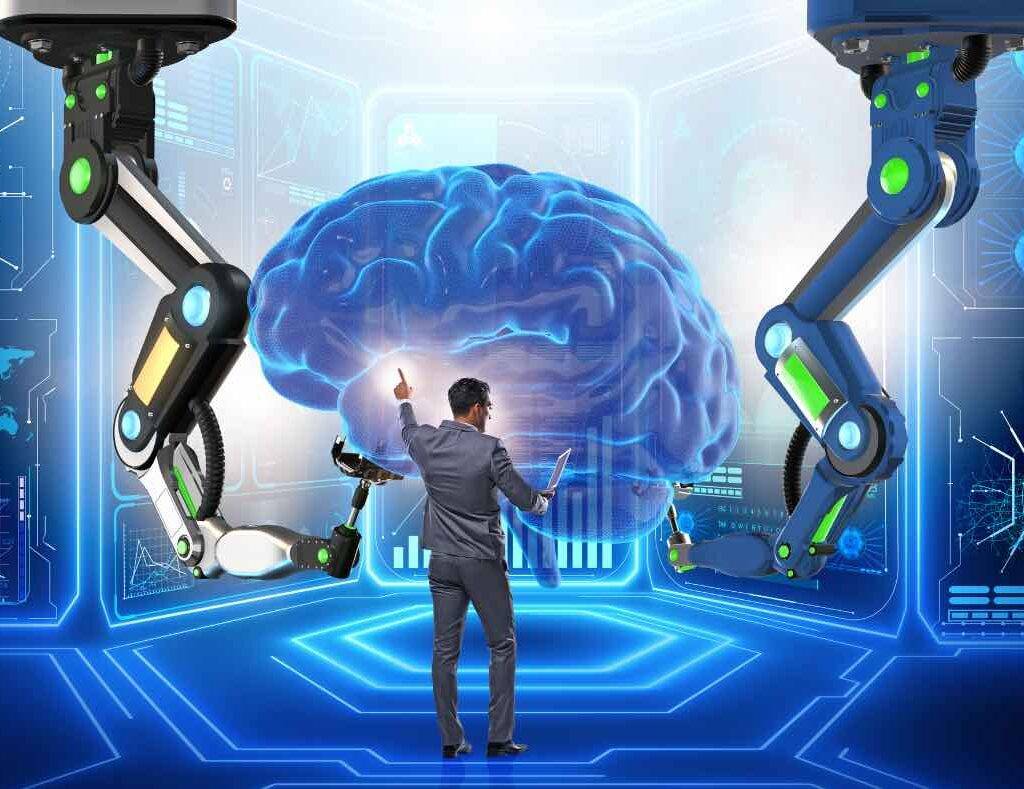
Artificial intelligence, or AI, is making computers that can do things that usually require human intelligence, like making decisions, learning, and solving problems. The idea of artificial intelligence has been around for many years; the earliest attempts date back to the 1950s. But AI started to reach its full potential in the 21st century when machine learning and big data became widely available.
Expert systems are algorithms that use artificial intelligence (AI) to mimic how a human expert makes decisions in a particular field, like law or medicine. In 1943, Warren McCulloch and Walter Pitts made the first artificial neural network. This was a significant turning point in the history of AI. This was the basis for deep learning, a critical method used in AI systems today. The creation of the first expert system by a team at Stanford University in the 1970s was another important turning point.
In the past few years, artificial intelligence has made a lot of progress in several areas, such as processing natural language, recognizing speech and pictures, and making cars drive themselves. These developments could change many industries and have a significant impact on society.
2. The current state of AI and its capabilities

Since its beginnings, artificial intelligence has come a long way and is used in many different ways.
Mitchell (1997) says that machine learning is one of the leading technologies that have led to the development of modern AI systems. This means using algorithms that can learn independently and improve over time without being told to do so.
The topic of speech and image recognition is one of the most well-known uses of AI. AI systems are very good at identifying things, people, and spoken sentences by looking at photos and listening to audio. This has made it possible to create virtual assistants that can interpret and carry out verbal requests, like Apple’s Siri and Amazon’s Alexa.
Artificial Intelligence is also being used to improve performance in natural language processing, which is a computer’s ability to understand and interpret spoken language. As a result, goods like translation software, which can faithfully translate text or speech from one language to another, have been made possible.
In the domain of driverless vehicles, AI is also making significant strides. Self-driving cars can now negotiate challenging environments and make quick decisions thanks to AI algorithms. These systems have the potential to revolutionize how we fly, even if there is still much to be done to ensure their safety.
The powers of Artificial Intelligence are still constrained, despite recent developments. One of the main problems is that AI systems need to be trained with a lot of data, which can be hard to get in some situations. Since the data used to train AI algorithms can affect them, there are also worries that they might be biased (O’Neil, 2016).
3. The potential future of AI and its possible impact on society
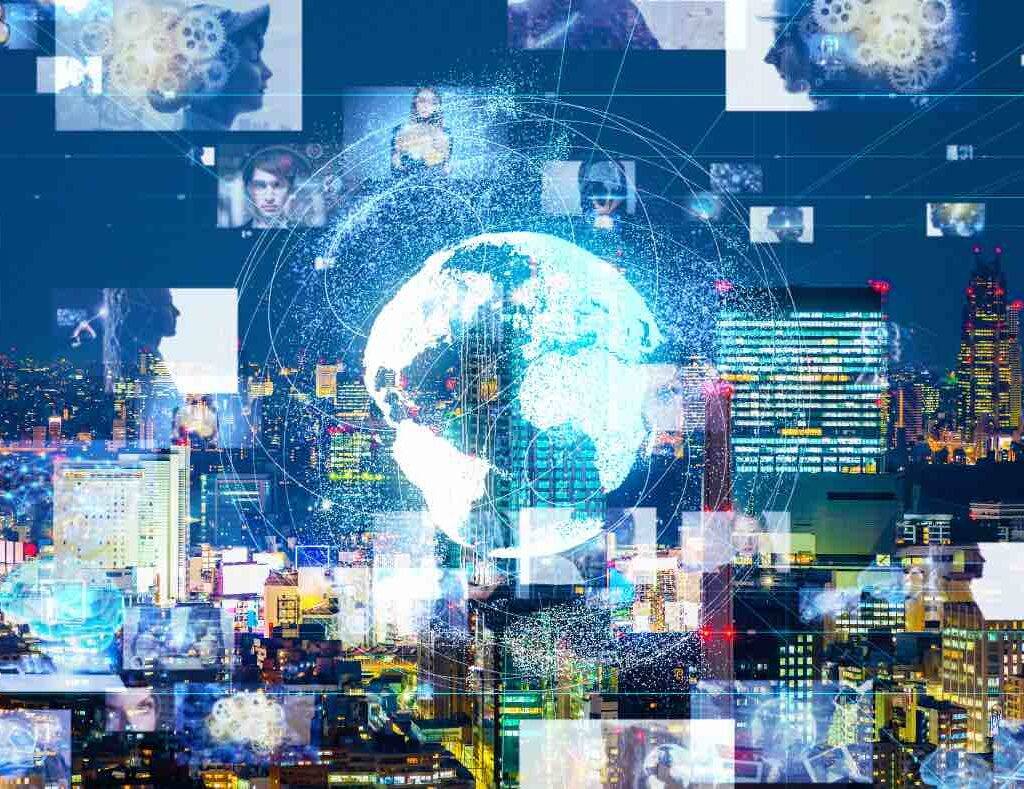
AI is anticipated to significantly impact society as it develops further. AI algorithms are getting better at doing jobs that people used to think only humans could do. This will be one of the most significant changes to our working methods. As a result, the job market could be in a lot of trouble. But AI could lead to new job opportunities, especially in industries related to making and maintaining AI.
AI can alter not only the way we work but also the way we interact with one another. For example, chatbots and virtual assistants that use AI are already being used to help customers and answer questions. It is expected that these systems will advance even further in the future.
Education may also be affected, as AI algorithms may be used to tailor instruction and increase access to education. For instance, AI-driven tutoring programs may give pupils individualized instruction so they can learn at their own pace.
Healthcare is another industry where AI may have a significant impact. Using AI algorithms to analyze medical data could lead to more accurate diagnoses and suggestions for treatment, which would improve patient outcomes and lower healthcare costs. However, there are also worries about the possibility of mistakes in medical systems driven by AI and the requirement for appropriate control and regulation.
By maximizing energy use, cutting waste, and enhancing resource management, AI has the potential to support environmental sustainability efforts. AI algorithms could be applied to route-optimize vehicles to reduce pollutants and fuel use.
4. The ethical considerations of AI development and use
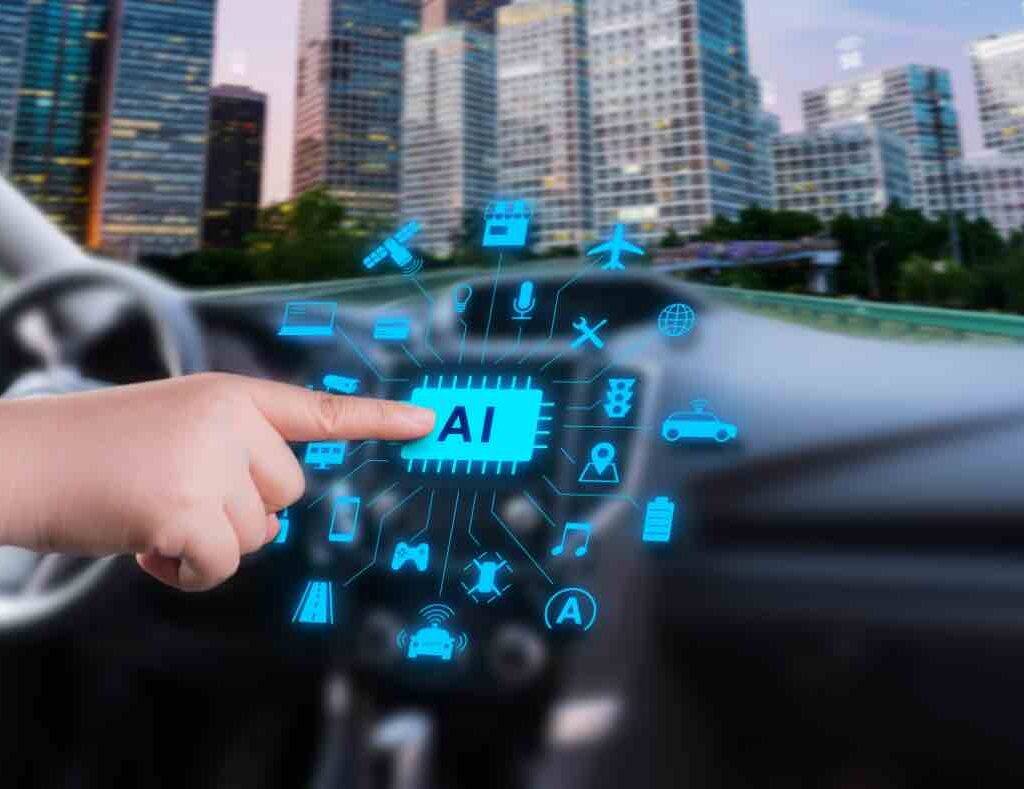
As AI becomes more common, we need to consider the ethical problems of making and using it. One of the biggest worries is that AI systems might be biased, which could be caused by how they were trained (O’Neil, 2016). If the data used to prepare the algorithms is skewed somehow, this could result in discriminating results.
Another ethical worry is that AI could be used to do bad things, like launch cyberattacks or spread false information. Another concern is accountability, as it would be challenging to pinpoint who is in charge of an AI system that harms someone or commits a mistake.
The final issue is controlling the creation and application of AI. Given how complicated the situation is, it is essential to carefully weigh the possible pros and cons of AI and the values and interests of many different groups.
5. The potential impact of AI on employment and the economy

Certainly! Healthcare, transportation, and finance are just a few of the sectors that AI has the power to transform. For example, AI algorithms could be used in the healthcare industry to look at vast amounts of patient data and find patterns or likely health problems. This might enable medical professionals to prescribe diagnoses and treatments with greater accuracy. Self-driving cars and trucks could make transportation faster and safer and cut down on accidents and traffic jams. AI could be used in the finance industry to look at market data and make investment decisions, which would increase earnings.
Concerns have been raised concerning AI’s possible drawbacks, though. Some people worry that the automation of some jobs could cause a lot of people to lose their jobs and make incomes more unequal. Concerns have also been raised about AI being used for bad things, like cyberattacks or spreading false information. Society needs to consider what AI could do and take steps to lessen any harmful effects.
AI could have complicated and different effects on jobs and the economy. Businesses, governments, and people must be aware of AI’s possible pros and cons and use it carefully as it is developed and used.
6. The role of AI in education and learning
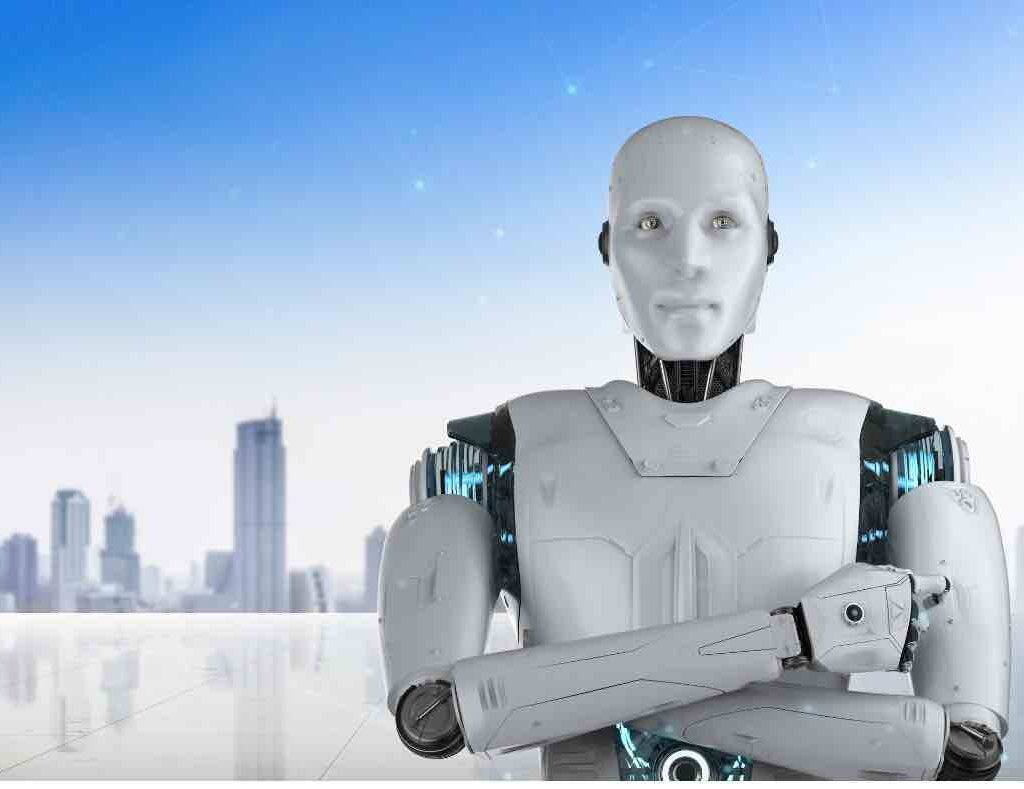
AI has the potential to transform education in several ways.
One of its main benefits is the ability to personalize the learning experience for students, allowing them to learn at their own pace and in a way that is tailored to their individual needs and abilities.
AI algorithms can also be used to teach students one-on-one, which is especially helpful for students who have trouble learning in a traditional classroom.
In addition, AI could improve access to education, particularly in underserved or remote areas. For example, AI-powered tutoring systems or online learning platforms could give students access to educational resources and help they might not otherwise have.
AI could also help students learn better by making personalized study plans and giving them feedback and tests in real time so they could keep track of their progress.
However, there are also potential limitations and challenges to using AI in education. One concern is the potential for AI algorithms to be biased, which could lead to unfair outcomes for certain students. There is also the question of making sure that students get a well-rounded education that teaches them important social and emotional skills as well as technical skills that AI can teach.
7. The potential for AI to assist with environmental sustainability efforts
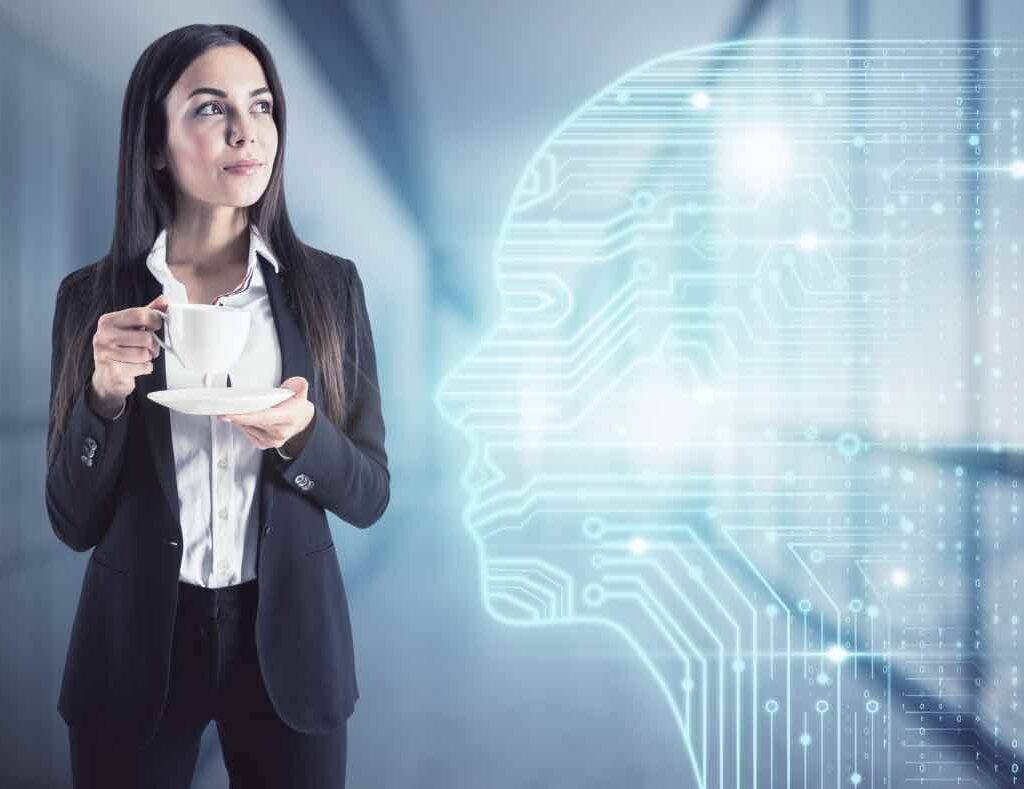
AI can help with efforts to protect the environment in several ways. One of the main ways it could do this is by optimizing energy use and reducing waste. For example, AI algorithms could be used to find the best routes and times for transportation, which would cut down on fuel use and pollution.
AI could also be used to improve the way resources are managed. For example, data on how much water is used could be analyzed to find ways to cut down on waste. This could help protect important natural resources and lessen the damage people cause to the environment.
There are also potential limitations and challenges to using AI in environmental sustainability efforts.
One of the main worries is that AI algorithms need a lot of data to be trained, which can sometimes take a lot of work. Additionally, there are concerns about the potential for bias in AI algorithms, which could lead to unfair outcomes for certain groups.
Conclusion
Artificial intelligence (AI) has come a long way in the last few decades and is still changing quickly. It might drastically alter numerous businesses and have a profound effect on society. AI is already being used in areas like processing natural language, identifying speech and images, making cars drive themselves, and helping customers. It is anticipated that it will revolutionize healthcare and education in the future, as well as the job market and how we connect with one another. There are worries about the possible biases of AI systems as well as the effects they might have on employment, though. We need to keep studying AI and keeping an eye on how it changes to ensure its benefits are used to their fullest, and its problems are kept to a minimum.

